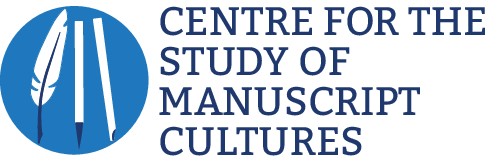Exploring the Legacy of Tibetan Mapmaking
Manuscript Maps from the Harrer Collection at the Ethnographic Museum, University of Zurich
DOI:
https://doi.org/10.15460/mc.2024.24.1.1Keywords:
Tibet, Tibetan maps, East-Asian maps, cartography, Heinrich Harrer, Ethnographic Museum at the University of ZurichAbstract
At the 2019 International Conference on the History of Cartography (ICHC) in Amsterdam, the map historian Peter Barber stated in his ground-breaking keynote speech that ‘with a few exceptions, the emphasis in the traditional history of cartography [before 1980s] was on European mapping. In the age of European empires, it was assumed that, on grounds of technological skill as well as cultural superiority, European map making set the standard and that indigenous mapping in other parts of the world, with the partial exceptions of the medieval Arab world and China, was ipso facto inferior and hardly worth consideration.’ In recent decades the approach to the study of maps has changed and the field has been transformed. Researchers from different academic backgrounds have discovered the relevance of maps to their disciplines, and the primacy of the essentially European concepts of scale and accuracy as the sole criteria for assessing the quality of maps has been questioned. Finally, non-European indigenous mapping has been brought into the field. This paper makes a significant contribution to this development by presenting an important collection of Tibetan maps, namely those of the Harrer Collection held at the Ethnographic Museum at the University of Zurich, probably the largest corpus of Tibetan geographic regional maps outside of Tibet. For the first time, we show the entire set of maps and describe their cartographic characteristics. We also provide the Tibetan spelling, transliteration and translations for the numerous Tibetan inscriptions and explanations. We have endeavoured to study the maps using a comprehensive approach, and we discuss what we can learn from them in various respects: the human and geographic landscapes they show; their makers; the role they might have played within the historical context and the society in which they were produced; their circulation; and their role as historical sources.
Downloads
0 citations recorded by Crossref
0 citations recorded by Semantic Scholar
Received
Accepted
Published
Versions
- 2024-08-19 (2)
- 2024-08-14 (1)
How to Cite
Issue
Section
Copyright Notice
Copyright (c) 2024 Diana Lange, Yeshi Lhendup

This work is licensed under a Creative Commons Attribution 4.0 International License.





